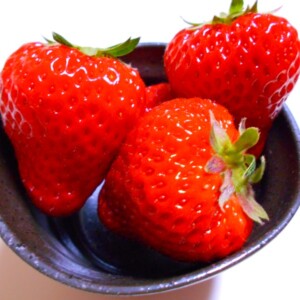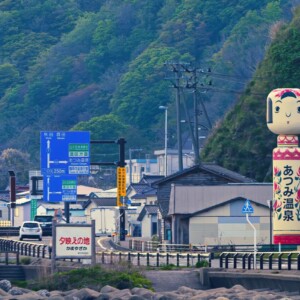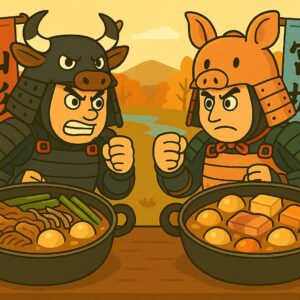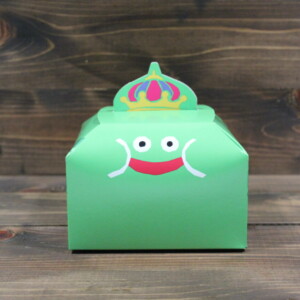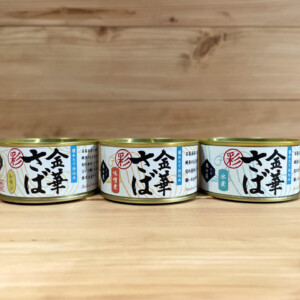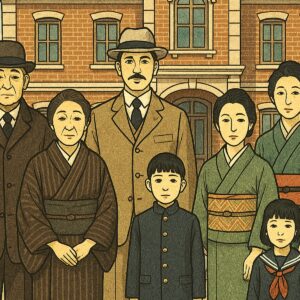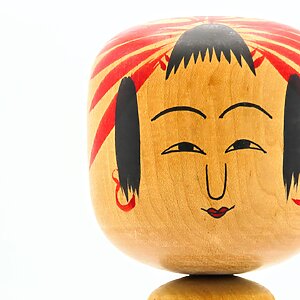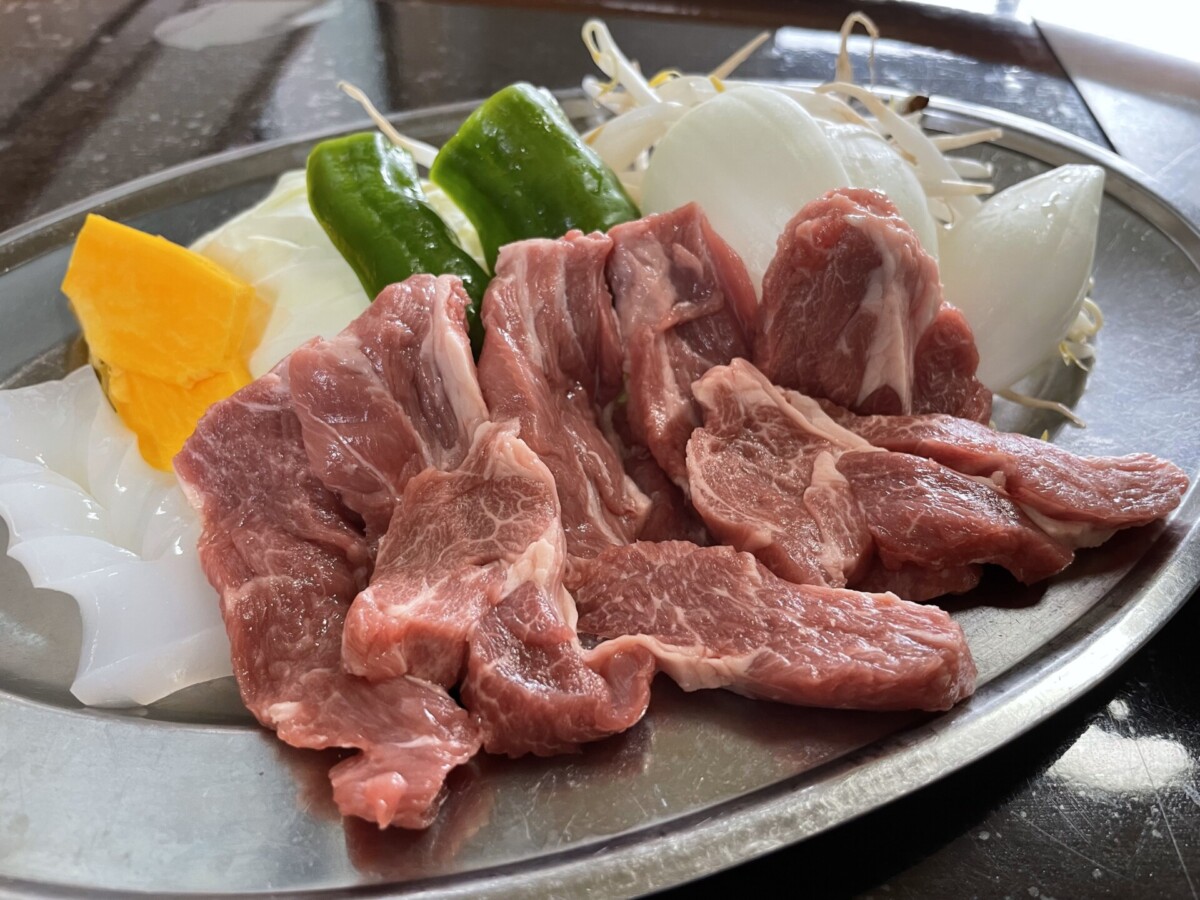
Is Jingisu Khan the birthplace of Yamagata Zao? Why is it attracting attention from all over the country? [Yamagata Prefecture]
table of contents
Speaking of the Zao Mountain Range, it is located in the Ou Mountains that extend from north to south in the center of the Tohoku region, and is considered to be a complex volcanic group on the border between Miyagi and Yamagata prefectures. At the base of both prefectures, there are a wide variety of hot springs, ski resorts, and other hot spots, and it is considered one of the major tourist destinations in both prefectures.
Most people from both prefectures have probably visited the Zao Mountain Range, commonly known as " Zao ." On the Miyagi Prefecture side, there are many ranches, farms, and hot springs, and when it comes to food, Zao cheese is famous. Or?
However, did you know that Genghis Khan is famous in Zao in Yamagata Prefecture? Moreover, it is said to be the origin of Genghis Khan This time, we actually traveled to Yamagata Zao and visited the restaurant where Genghis Khan originated, so please tell us why it is said to be the origin of Genghis Khan and introduce the Genghis Khan that we actually ate.
Origin of Genghis Khan? Genghis Khan in Yamagata Zao?
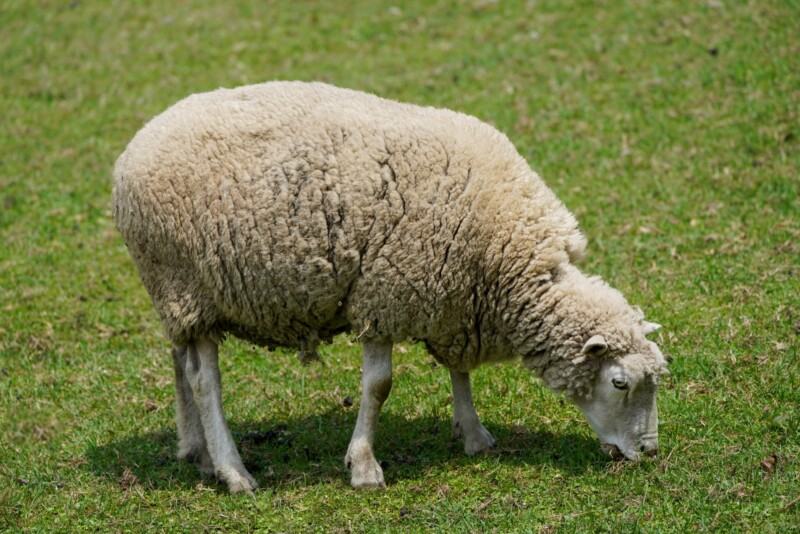
There are many "birthplaces of ○○" across the country, and various regions throughout the country claim to be the birthplace of Genghis Khan. Within the same Tohoku region, Tono in Iwate Prefecture is said to have originated.There are no accurate historical facts, and there are many things that remain unexplained to the extent that there are people who are still researching them even today. There is a reason why Yamagata's Genghis Khan deserves to be called "the origin of Genghis Khan."
Wool production in Yamagata Zao
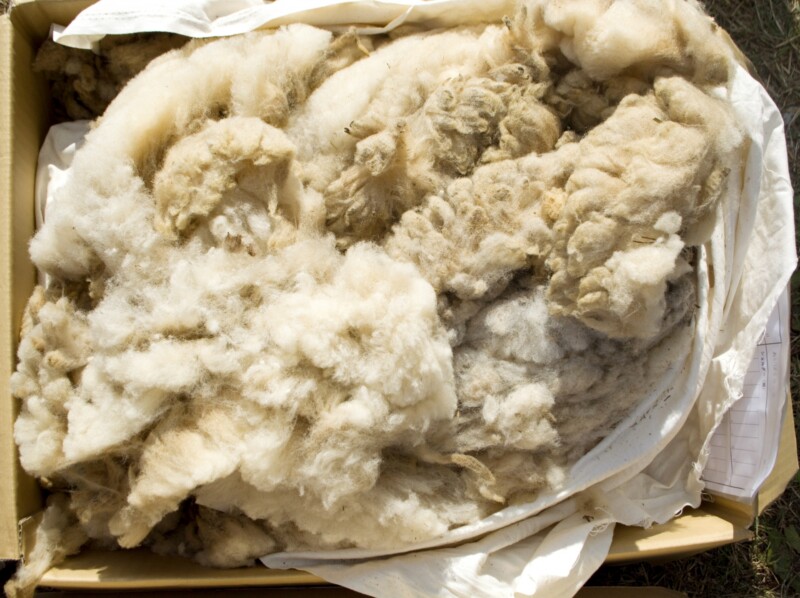
There is a big reason why Genghis Khan (Japan's unique method of cooking mutton) became available in Yamagata Zao in the first place. In the early Showa era, farmers in the Yamagata Zao area raised large numbers of sheep for wool production.
At that time, the Yamagata Zao area is said to have been very active in wool production. However, after the war, wool prices plummeted due to the spread of synthetic fibers such as vinyl, making it difficult to produce wool and raise sheep.
From wool production to sheep-eating culture
Meanwhile, Chuemon Saito from Yamagata Prefecture, who was the chairman of the Japan Sheep Association, traveled to Mongolia to exchange techniques on raising sheep. It seems that they experienced the cuisine.
When he returned to Japan, he asked the Yamagata foundry to make an iron pot based on the Mongolian sheep dishes grilled in iron helmets, and he came up with the idea of making Genghis Khan the signature dish of Zao Onsen.
After that, the iron pot was improved and improved, and the proprietors of the inns in Zao Onsen were taught how to make the sauce, which led to the spread of the dish, and it became widely available.
At the 1960 National Sports Festival Winter Games held in Yamagata, it was included in the menu, and was well received by skiers, many of whom bought meat and hot pot before going home. Taking this opportunity, Yamagata's Genghis Khan spread all over the country at once. It has become known.
“Genghis Khan Shiro” is the birthplace of Yamagata Zao Genghis Khan.
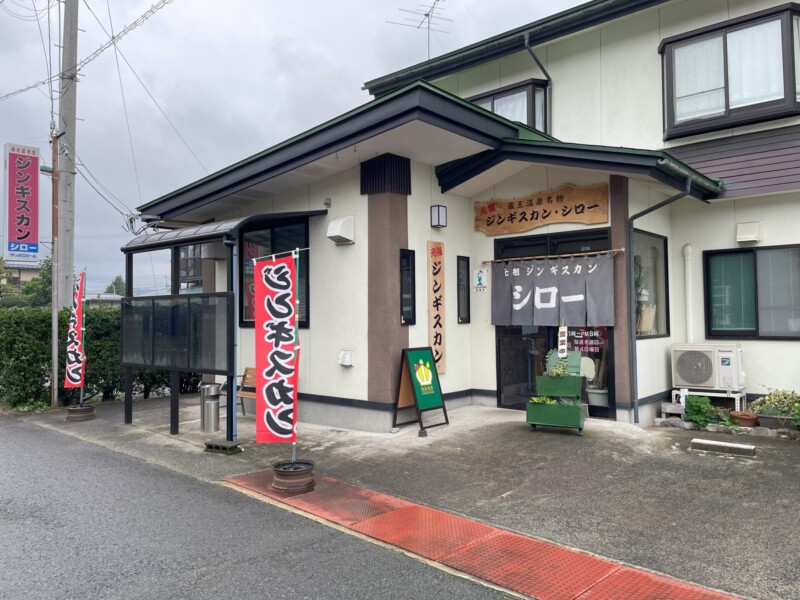
Jingisu Khan Shiro , located in Zao Hango, Yamagata City, Yamagata Prefecture, is said to have originated in Yamagata Zao Jingisu Khan
Chuemon Saito of Yamagata Prefecture, who was the chairman of the Japan Mystery Sheep Association, served as the first owner, and the store is said to have opened in 1954. As mentioned above, Mr. Chuemon Saito went to Mongolia and returned to Japan in order to recreate the ``dish made by placing sheep meat on a disc-shaped iron helmet and grilling'' that he had experienced during an exchange in sheep breeding techniques. He commissioned the Yamagata Foundry to manufacture an iron pot and held many tasting sessions, going through a process of trial and error.
that's right. The original iron pot used for Genghis Khan, which has now become commonplace, was made using Yamagata casting to imitate the shape of an iron helmet.
For this reason, it is no exaggeration to say that ``Genghis Khan'' originated in Zao, Yamagata. In fact, past Genghis Khan hotpots are displayed at the entrance of Genghis Khan Shiro.
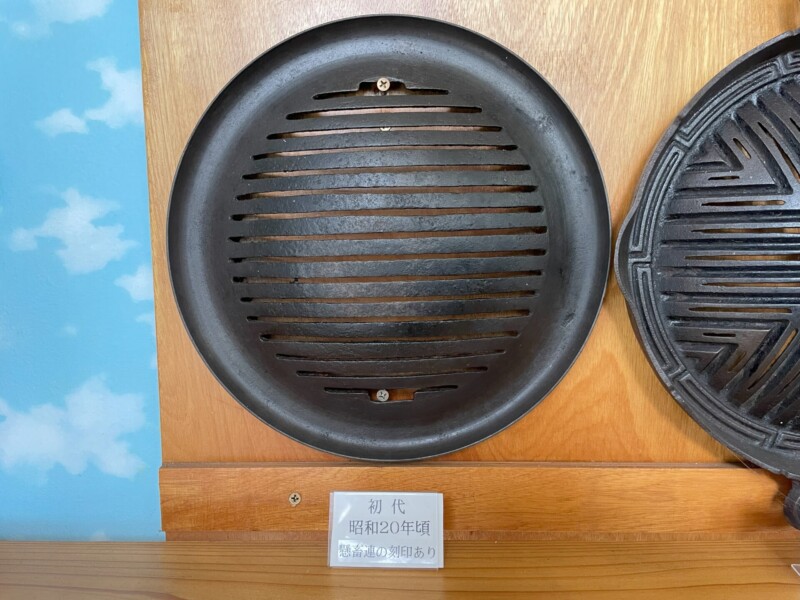
At the time of its development, it was still disk-shaped with a flat surface and gaps, but it was easy to burn and the oil hit the charcoal, producing a lot of smoke.
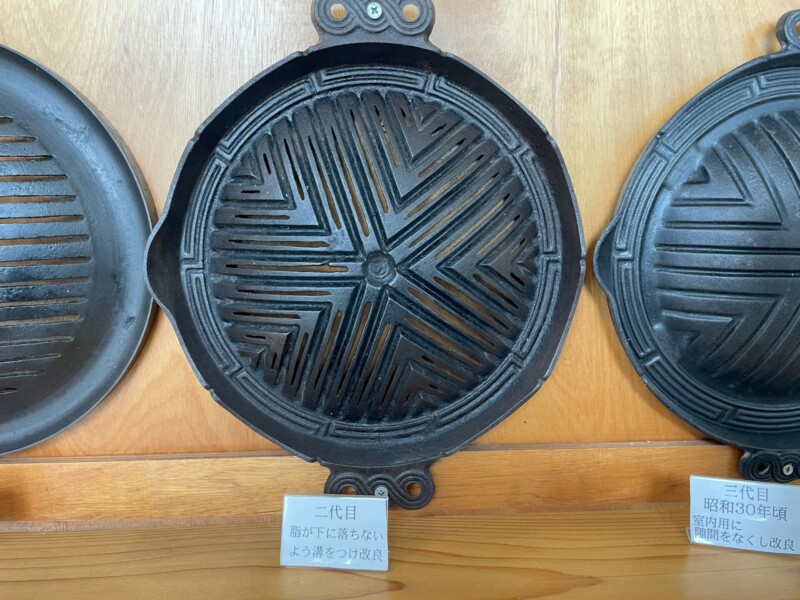
This is an improved version of the first generation, and the surface was made uneven to allow oil to flow into the grooves on the outside to prevent burning, but this did not stop the generation of smoke.

Through repeated trial and error, this third generation Genghis Khan pot is still in use today. It is said that the smoke problem has been significantly reduced by eliminating the gaps while retaining the unevenness of the second generation.
Not just pots! The charm of Zao Genghis Khan!
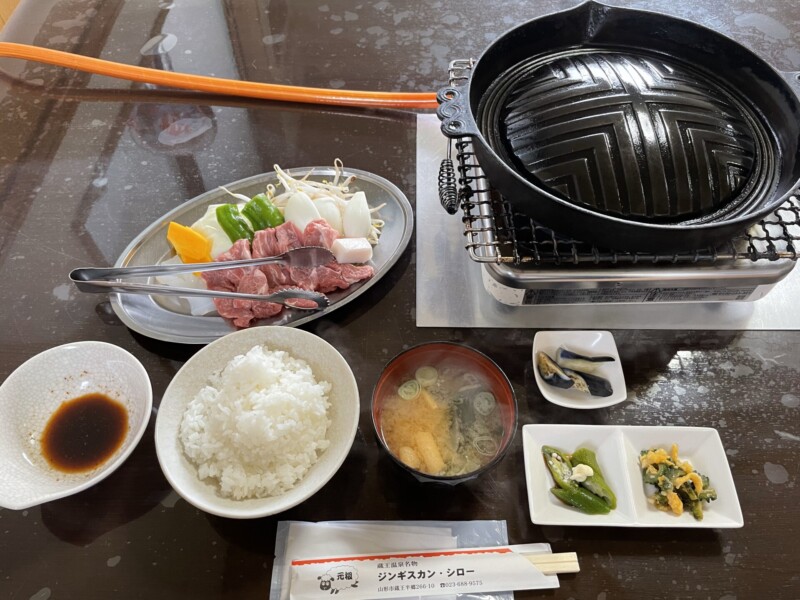
I have given a brief explanation of Yamagata Zao Genghis Khan, so from now on, I will eat it.
It was my first time visiting the restaurant, so I honestly wasn't sure what to order. I love Genghis Khan, but it's not a food I'm used to eating. The only way to do this is to rely on the ``recommendations'' on the menu.

The menu features a wide variety of dishes, including set menus, single items, and weekday menus such as hot noodles, lamb bowls, and minced lamb bowls.
When I looked at the menu, I was told that the ``Genghis Khan special + set meal'' is recommended. In addition, set meals were available for ``Genghis Khan average'' and ``beef yakiniku'', but the difference between ``average'' and ``special grade'' is that ``average is frozen'' and ``special grade is raw meat.'' .
This place is already “special”! I decided to order the "Genghis Khan Special + Set Meal" pictured above.
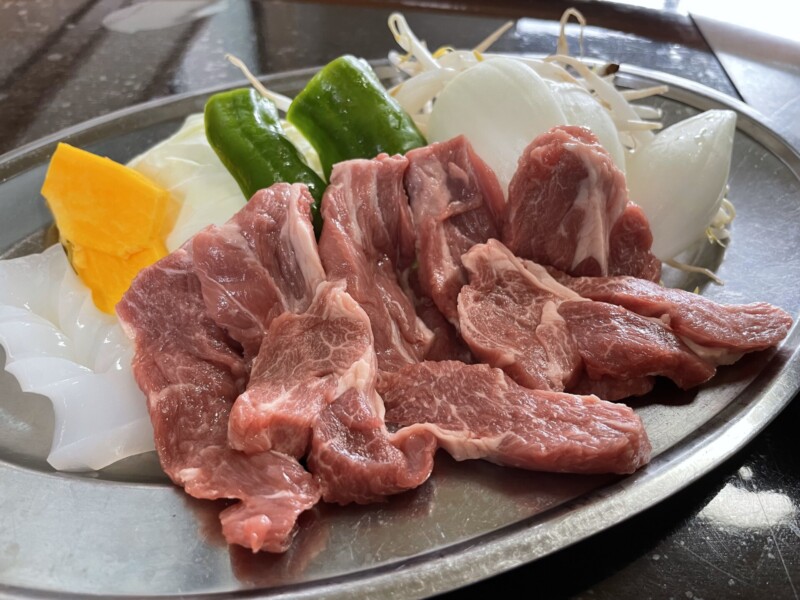
Look at this special raw meat, the perfect balance of lean meat and oil, it's sure to be delicious.
And the side dishes of the set meal are not just meat, but have a good taste.

This day's set meal consisted of rice, miso soup, and three side dishes.Of course, the side dishes of pickled eggplant and okra were delicious, but personally, I liked the side dish of bitter melon and egg, which had a sweet and bitter taste. I think it went extremely well with Genghis Khan. Later, I checked on the Genghis Khan Shiro homepage, and they said that the rice and vegetables were grown on their own farm, so they must be delicious. I also like that the side dishes are seasonal.

Now it's time to enjoy the main dish, Genghis Khan and vegetables. I'm not used to it, so I don't know if the grilling method is correct, but first, I spread oil all over the heated Genghis Khan pot, placed the vegetables that are hard to cook on the edge of the pot, and then grilled the meat on the groove. Be careful, personally, I find it best to eat it half-cooked, so I eat it until it changes color.
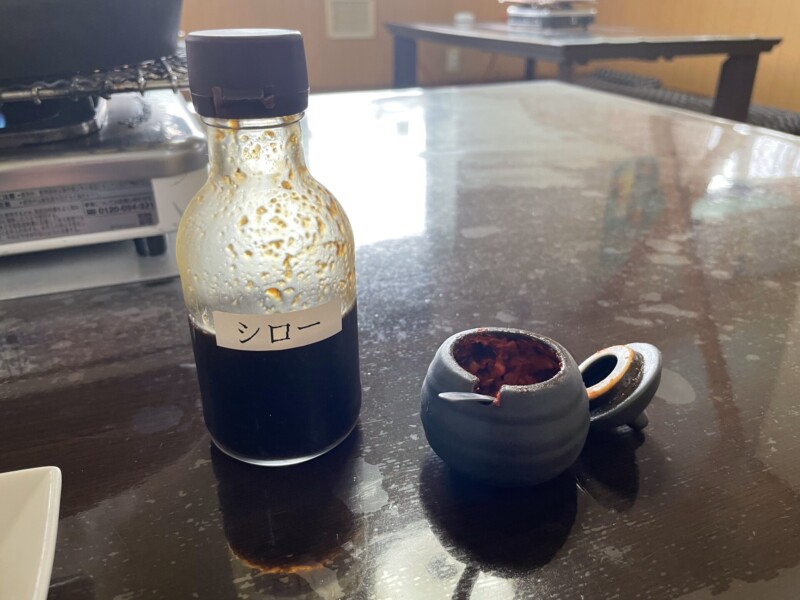
Then, eat it by dipping it in our special homemade sauce. Yes, it's delicious without a doubt. I've never eaten Genghis Khan so much, but it's definitely the most delicious I've ever had. Perhaps it has surpassed cows, pigs, and chickens? It's so refreshing and delicious. Even though it has a small amount of spiciness, it has a tangy taste that makes you addicted to it. Ah, I want to drink beer.
The vegetables are also delicious as the oil from the mutton flows through the grooves and stains them. I can't get it across, and I've said it many times, but all I can say is that it's delicious. Is this normal for Yamagata residents? Have you known it for a long time? I love Yamagata soba and ramen, but why didn't you tell me?

As I was thinking about this, I finished eating it in no time. The mutton is so refreshing that I feel like I could eat as many pieces as I want, but since I'm alone today, I'll limit myself to this amount.
Thanks for the meal.
Next time, I would like to invite some friends from Yamagata City to visit us as a group of 2 or 3 people and try out various items on the menu.
Information (Genghis Khan Shiro)
- Address: 266-10 Zao Hango, Yamagata City, 990-2305
- Closed: Every Thursday, 2nd and 4th Sunday
- *Open on Sundays only for lunch (11:00-14:00)
- Business hours: Lunch/11:00-14:00 Dinner/17:00-20:00 (last order)
- URL: http://www10.plala.or.jp/jingisukanshiro/index.html
Google Map
summary
Genghis Khan in Yamagata Zao, ``Genghis Khan hotpot'' developed from sheep farming that took advantage of the geographical characteristics of Zao.Isn't it no exaggeration to call this food, which is rooted in the lifestyle of Zao, a ``local cuisine''? Of course, there are multiple places in other prefectures and regions that are said to have originated Genghis Khan, so I cannot say for sure that it originated in Yamagata, but the origin of Genghis Khan hotpot and the deliciousness of Genghis Khan hotpot are real.
One of the attractions of Yamagata Zao Genghis Khan is that it originally developed from sheep farming, and the farm runs a yakiniku restaurant, so you can eat fresh meat.
Please come and experience it for yourself.
I'm planning on using this as an opportunity to go to Tono next time to pursue the mystery of Genghis Khan.




!["Mogami safflower" certified as a Japanese heritage and Japanese agricultural heritage [Yamagata Prefecture] Mogami safflower](https://jp.neft.asia/wp-content/uploads/2022/12/30121446_m-1-150x150.jpg)
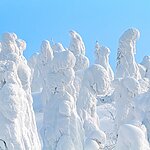
![[Tsuruoka City, Yamagata Prefecture] Tsuruoka's food culture has been passed down for hundreds of years 1470_Zenpoji Temple](https://jp.neft.asia/wp-content/uploads/2023/04/2d6b75e2500adfb8f7b8e6c68a2f7a03-150x150.jpg)
![[Yonezawa City, Yamagata Prefecture] Visit a hot spring connected to the Uesugi family of the Yonezawa Domain 1530_Onogawa Onsen Foot bath](https://jp.neft.asia/wp-content/uploads/2023/05/4ed5d5851f7d92ca3b0ebed3220d6418-150x150.jpg)
![[Yamagata Prefecture] Walking through Tokamachi and Nanokamachi in Yamagata City, where the scent of the Edo period remains Yamagata city from Kasumi Castle Central Observation Room](https://jp.neft.asia/wp-content/uploads/2023/09/26303875_m-150x150.jpg)
![[Yamagata Prefecture] 3 famous waters in Yamagata Prefecture! Yamagata Prefecture is home to blessed water created by snow, mountains, and forests. Yamagata Falls](https://jp.neft.asia/wp-content/uploads/2023/02/9b639100f52e30365f8499a2f4657724-150x150.jpg)
![Has even a wealthy merchant with more wealth than the feudal lord appeared? Sakata's port that was moistened by Kitamae Ship [Yamagata Prefecture] Kitamae boat at Hiyoriyama Park](https://jp.neft.asia/wp-content/uploads/2023/04/4631946_m-150x150.jpg)
![It's so big that the main castle is hazy and you can't see! Yamagata Castle, known as Kasumi Castle [Yamagata Prefecture] Yamagata Castle's main castle, Ichimonji gate](https://jp.neft.asia/wp-content/uploads/2023/08/3261071_m-150x150.jpg)
